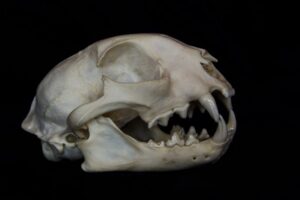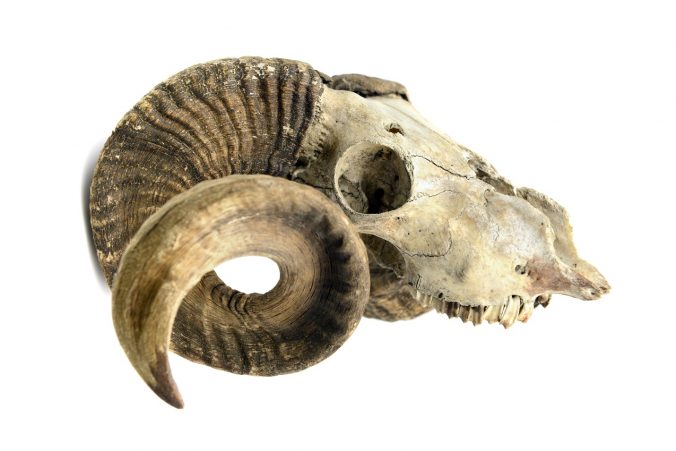Over the years, people have relied on different methods to preserve animal specimens. Harsh chemicals, boiling, composting, and other methods can damage bones. Dermestid beetles, which are relatively new in taxidermy, have become one of the most popular methods of preserving skulls and other animal bones. They are effective eaters and leave behind perfectly preserved specimens that can last without degradation.
Why Taxidermy?
Taxidermy is a process used to preserve various elements of an animal. Taxidermists prepare animal remains so they can be displayed or studied. It often involves animal bones, but skins are often used, as well, to preserve the appearance of an animal; it can be stretched onto a frame to create a realistic model.
The preservation of specimens has been used for hundreds of years, including as part of some notable historic expeditions. Captain James Cook preserved bird specimens in the 1700s. However, the latest in taxidermy includes advances that have enabled taxidermists to better prepare specimens, store them in temperature- and humidity-controlled environments, and protect them from exposure to light.
Why Is Taxidermy Important?
The process is used to display specimens in stately homes, showcase them in museum dioramas, and study them scientifically. Skull cleaning is only one form of taxidermy. Mounted bones can be used to conduct a variety of studies, while skin, body tissues, and organs can be preserved in substrates such as alcohol. Anything from scanning techniques to dissection can be used to study specimens later.
By preserving organisms, they can be studied, named, and classified while reference standards can be developed for measurement and observation. Taxidermy has also been used in the past to preserve endangered animal specimens, some of which have become extinct. A record of these animals and means to study them can, therefore, remain despite their demise. Taxidermists also assist law enforcement agencies; perfectly preserved bones can help investigators find evidence and reveal intricate details of a crime.
Our Taxidermy Process

We can send you beetles or process skulls you send to us. It is recommended to flesh them as much as possible, freeze, and wrap and tape them in several layers. We accept and ship via priority mail and tag your trophy to identify and track it, while several quality-control measures are used to ensure skulls are returned in top condition and no beetles or larvae remain.
For more information or to buy beetles online, call 907-942-2847 or contact us today!

